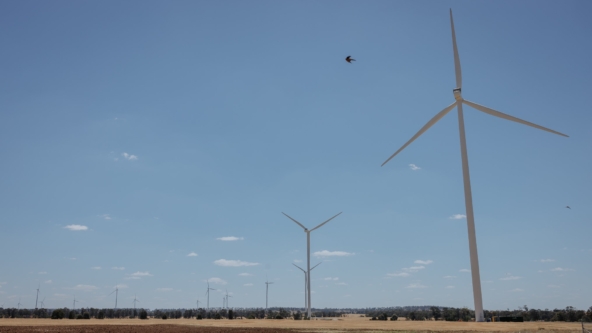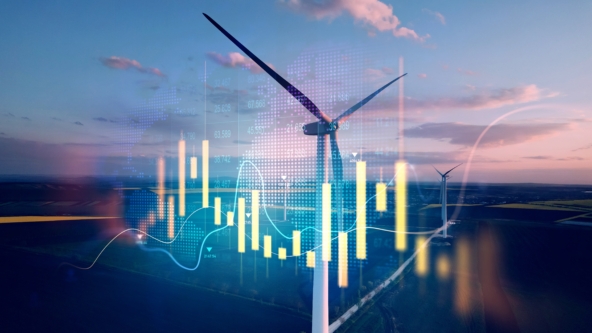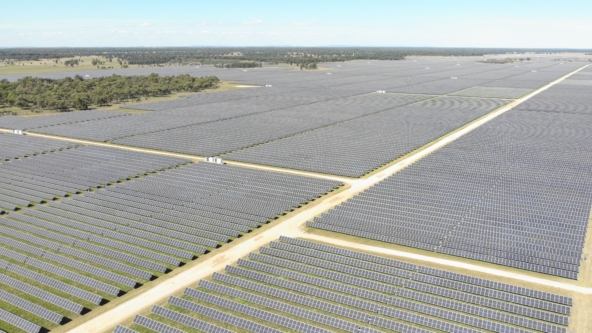Rooftop solar drives more renewables records as spring continues

Carrying on a theme from our last two updates, more renewables records were beaten over October. The instantaneous penetration of renewable energy hit a record 72.5% on Tuesday 24th, with rooftop solar contributing 41.5% and large-scale wind and solar contributing 12.3% and 17% respectively. This period also saw renewables contribute 50% of total generation over a rolling 24-hour period for the first time. Fossil fuel generation saw corresponding record low levels of generation.
AER release annual ‘State of the Energy Market’ report
In early October, the Australian Energy Regulator released their 2023 State of the Energy Market report, its annual review of the performance of Australia’s electricity and gas markets. The report highlighted the relative calmness of the market over 2023 compared to 2022, noting the favourable market conditions and new entrant generation which allowed a smooth shut down of Liddell Power Station in NSW in April. The report also highlighted various interventions by governments over the year, both Federal and State, which acted to ease pressure on energy prices and make progress on vital policy reform to support the transition – namely coal and gas caps and the Capacity Investment Scheme, discussed further below. An increasingly common call out of the progress of the transition in Australia, the report also emphasises the need for accelerated coordination, planning and investment in both generation and transmission.

El Nino declared, as AEMO’s 2023 ESOO forecasts potential reliability gaps for summer

Registrations for the Capacity Investment Scheme for projects in Victoria and South Australia opened last month, following NSW’s lead earlier in the year. The first round in the southern mainland NEM states will aim to support 600MW of projects through a 15-year Capacity Investment Scheme Agreements. The agreements will effectively underwrite revenues for clean storage projects, with requirements that they are at least 30MW in size and provide 2 hours of energy storage. The scheme is open to different storage technologies, expected to be dominated by batteries and hydrogen, and excludes fossil fuels. It will eventually be rolled out across Australia and is a key pillar in the federal Government’s plan to replace the nation’s aging coal fleet and provide firm, clean power to support wind and solar generation.
Octopus Australia acquires one of Australia’s largest battery projects, adding 1GWh of storage to its growing energy portfolio

Did you know?
In 2021, 12.7 million people were employed in the renewable energy sector, up from 12 million in 2020. Close to two-thirds of all jobs are in Asia. China alone accounts for 42 per cent of the global total.


